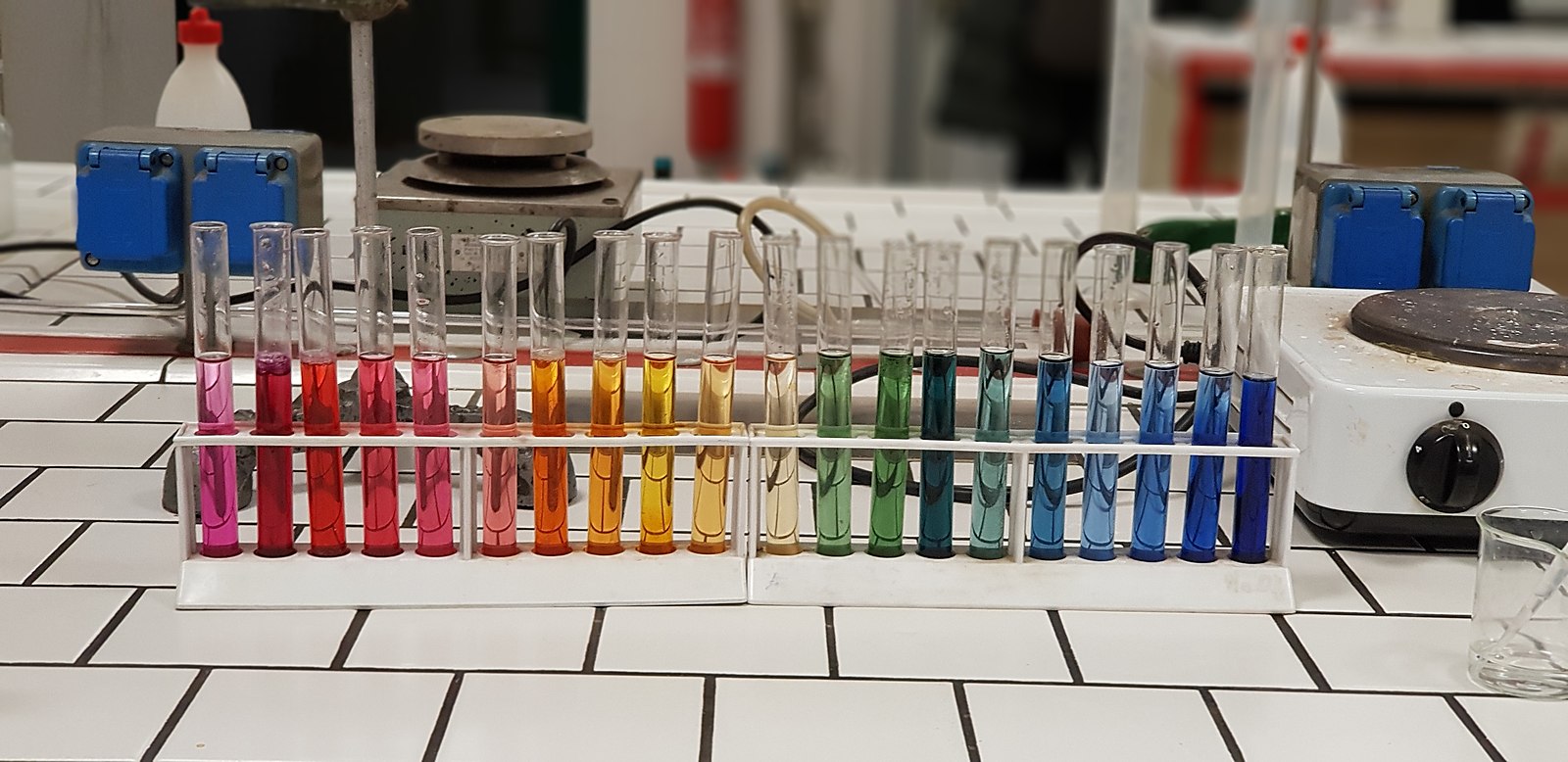The pH value of water plays a crucial role in its disinfection process. The inactivation mechanism of high pH on bacteria is through the disruption of the capsid and a loss of RNA to the water. A pH value of 12.0 to 12.5 and a contact time of approximately 30 minutes can yield 99.0% to 99.9% inactivation of most bacteria and of certain viruses. However, the pH value necessary for effective disinfection must be reduced before the water can be consumed, and the use of high pH as the sole means of disinfection is not recommended.
Chlorination: The Most Widely Used Disinfection Method
Chlorination is the most widely used method for disinfecting water in the United States due to its efficacy against waterborne pathogens, accuracy in monitoring and controlling the process, ability to produce a residual that provides added protection against post-treatment contamination, and aesthetic quality of the treated water. However, the discovery of trihalomethanes (THM’s) and other halogenated hydrocarbons formed during chlorination has prompted the reexamination of available disinfection methodology to determine alternative agents or procedures.
Disinfecting Water Wells with Household Bleach
In the case of water well disinfection, common household bleach can be used as the chlorine source. The pH of the well water should be between 6 to 7.5 for the disinfection procedure to be effective. The amount of bleach needed for disinfection depends on the depth and volume of water in the well. For every 50 gallons of water in the well, one quart of laundry bleach should be used, resulting in a chlorine concentration between 200 to 300 ppm. Bleach loses strength in its container over time, so it is recommended to use bleach that is less than three months old.
Electrolyzed Water: A Powerful Disinfection Alternative
Acidic electrolyzed water (AEW) has a pH of about 2.2 to 2.7, the ORP is greater than 1100 mV, and the ACC is 20–60 ppm, making it a strong sterilization agent with hypochlorous acid as its main component. Weak acidic electrolyzed water (WAEW) has a pH value of 5.0~6.5, the ORP is about 850 mV, and the ACC is 10–30 ppm, showing a high bactericidal effect and being colorless and odorless. The disinfective effect of electrolyzed water (EW) mainly depends on its low pH, high ORP, and the synergistic effect of HClO, Cl2, H2O2 and hydroxyl (OH−).
Considerations for Effective Water Disinfection
While chlorination is a widely used method for disinfecting water, it can result in the formation of trihalomethanes (THM’s) and other halogenated hydrocarbons. Electrolyzed water, on the other hand, is a strong sterilization agent with hypochlorous acid as its main component and shows a high bactericidal effect. When disinfecting water wells, common household bleach can be used as an effective chlorine source, with the amount of bleach needed depending on the depth and volume of water in the well. It is important to consider the potential drawbacks and alternative agents or procedures for disinfection, and to reduce the pH value necessary for effective disinfection before the water can be consumed.
Key Takeaways:
- The pH value of water is a critical factor in its disinfection process.
- High pH values, chlorination, and electrolyzed water are effective methods for disinfecting water.
- When disinfecting water wells, common household bleach can be used as an effective chlorine source.
- The amount of bleach needed depends on the depth and volume of water in the well.
- It is important to consider the potential drawbacks and alternative agents or procedures for disinfection.
References:
– The Disinfection of Drinking Water – NCBI
– Water Well Disinfection Procedure | American Ground Water Trust
– Electrolyzed Water and Its Pharmacological Activities – NCBI

